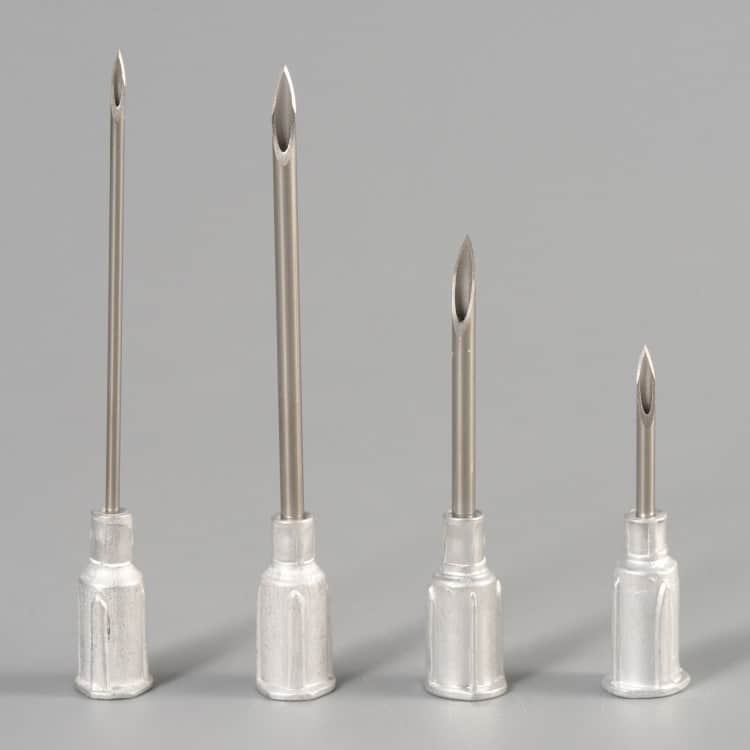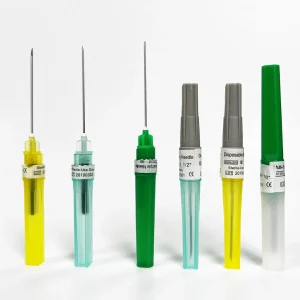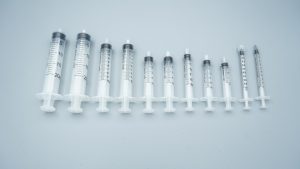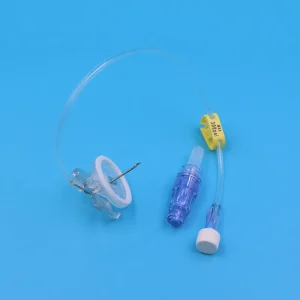Modern veterinary medicine relies heavily on precise medication delivery systems to ensure optimal animal health outcomes. Among the most critical tools in any veterinary practice are disposable hypodermic needles, which serve as the primary means of administering medications, vaccines, and treatments to animals of all sizes. For pet owners managing canine diabetes, dog insulin syringes U 40 represent specialized medical devices designed specifically for accurate insulin delivery. This comprehensive guide explores the essential role these medical devices play in veterinary care, with particular attention to dog insulin syringes U 40 and their critical importance in diabetic pet management. Whether you’re a veterinary professional or a pet owner seeking reliable dog insulin syringes U 40, understanding proper selection and usage ensures optimal treatment outcomes for diabetic animals.
The Foundation of Safe Veterinary Practice
Disposable hypodermic needles have revolutionized veterinary medicine by providing sterile, single-use injection systems that minimize infection risks and ensure consistent medication delivery. Unlike reusable needles of the past, modern disposable needles eliminate cross-contamination concerns and provide veterinarians with reliable, sharp instruments for every procedure.
Key Benefits of Disposable Needles in Veterinary Care
Sterility and Safety: Each needle comes pre-sterilized and sealed, ensuring that every injection begins with a completely sterile instrument. This is particularly crucial in veterinary settings where animals may have compromised immune systems or open wounds.
Consistent Sharpness: Disposable needles maintain optimal sharpness for precise penetration, reducing tissue trauma and minimizing discomfort for animal patients. A sharp needle requires less force to penetrate skin and subcutaneous tissue, resulting in less stress for both the animal and the veterinary team.
Size Standardization: Modern disposable needles follow strict manufacturing standards, ensuring consistent gauge sizes and lengths that allow veterinarians to select the most appropriate needle for each specific application and animal size.
Understanding Needle Specifications in Veterinary Applications
Veterinary needles are classified by gauge (diameter) and length, with each specification serving specific medical purposes. The gauge number operates on an inverse scale – higher numbers indicate smaller diameters. Common veterinary needle gauges range from 18-gauge (larger) for drawing thick medications to 29-gauge (smaller) for delicate subcutaneous injections.
Gauge Selection Guidelines
- 18-20 Gauge: Used for drawing medications from vials and administering thick solutions
- 21-23 Gauge: Suitable for intramuscular injections in medium to large animals
- 25-27 Gauge: Ideal for subcutaneous injections and smaller animals
- 29-30 Gauge: Reserved for very small animals and delicate procedures
Length selection depends on the injection site, animal size, and the depth required to reach the target tissue. Typical lengths range from 0.5 inches for small animal subcutaneous injections to 1.5 inches for deeper intramuscular administration in larger animals.
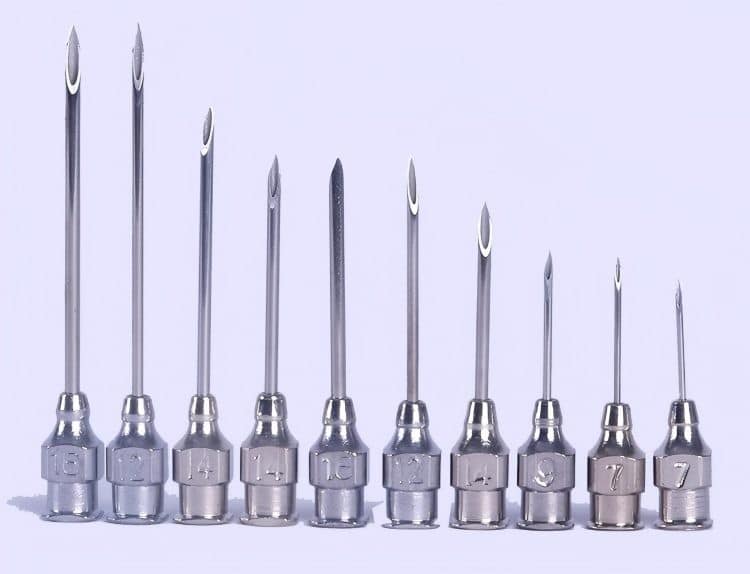
Specialized Application: Insulin Administration in Diabetic Pets
One of the most critical applications for disposable hypodermic needles in veterinary medicine is the management of diabetes mellitus in companion animals. Diabetic dogs and cats require regular insulin injections, making the selection of appropriate dog insulin syringes U 40 paramount to successful treatment outcomes.
Understanding U-40 Insulin Syringes
Dog insulin syringes U 40 represent a specific concentration standard where “U-40” indicates 40 units of insulin per milliliter of solution. These dog insulin syringes U 40 are specifically calibrated for this concentration, ensuring accurate dosing when used with compatible insulin formulations designed for canine diabetes management.
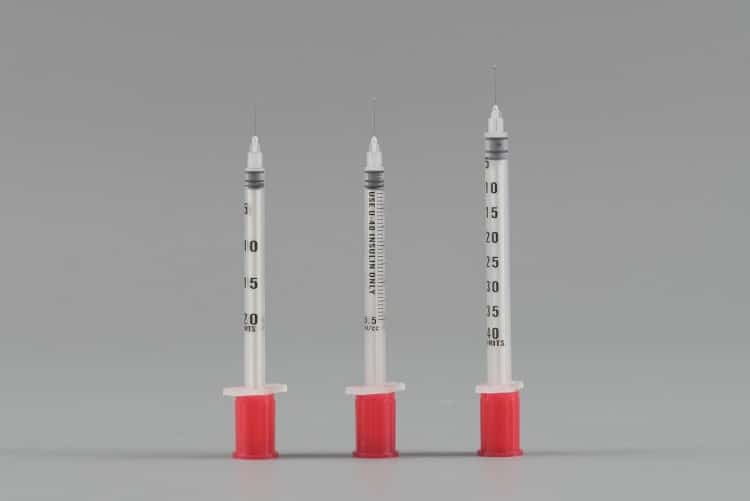
Key Features of Dog Insulin Syringes U 40:
- Precise Calibration: The syringe barrel is marked with unit measurements that correspond directly to U-40 insulin concentration
- Fine Needles: Dog insulin syringes U 40 typically equipped with 29-31 gauge needles for minimal discomfort
- Small Volume Capacity: Usually available in 0.3ml, 0.5ml, and 1.0ml sizes to accommodate various dosing requirements for diabetic dogs
- Short Needle Length: Commonly 8mm (5/16″) or 12.7mm (1/2″) for subcutaneous administration
Best Practices for Diabetic Pet Care
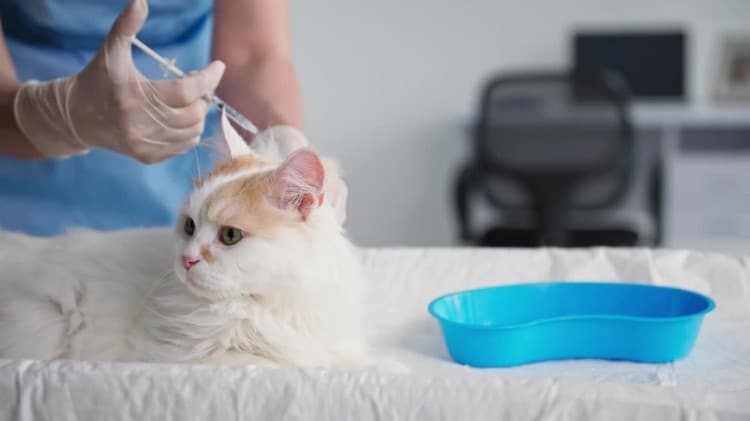
Successful diabetes management in pets requires consistent injection techniques and proper needle selection. Pet owners using dog insulin syringes U 40 must be thoroughly trained in proper injection procedures, including site rotation, needle insertion angles, and disposal protocols.
Site Rotation Importance: Regular rotation of injection sites prevents tissue hardening and ensures consistent insulin absorption when using dog insulin syringes U 40. Common injection areas include the scruff of the neck, the area between the shoulder blades, and the flank region.
Injection Technique: Subcutaneous injections with dog insulin syringes U 40 should be administered at a 45-degree angle, with the needle inserted into the “tent” of skin created by gently pinching the injection site. This technique ensures the insulin is deposited in the subcutaneous tissue rather than intramuscularly.
Quality Standards and Manufacturing Excellence
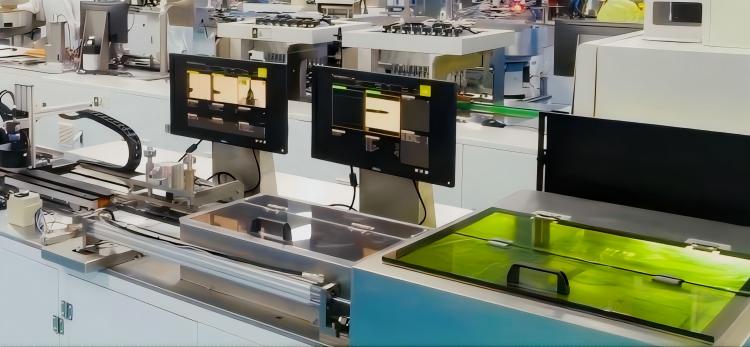
Modern disposable veterinary needles must meet stringent quality standards to ensure reliability and safety. Manufacturing processes include precision molding of needle hubs, precise cutting and sharpening of needle tips, and sterile packaging procedures.
Critical Quality Parameters
Tip Geometry: Advanced manufacturing techniques create optimal needle tip geometries that minimize tissue trauma while ensuring smooth penetration. The bevel angle is carefully engineered to balance sharpness with structural integrity, particularly important for dog insulin syringes U 40.
Silicone Coating: Many veterinary needles feature silicone coating to reduce friction during insertion, making injections more comfortable for animal patients and easier for veterinary professionals to administer.
Hub Design: Needle hubs are designed for secure attachment to syringes while allowing for easy removal and disposal. Color-coding systems help identify different gauge sizes quickly during procedures involving dog insulin syringes U 40.
Environmental Considerations and Disposal Protocols
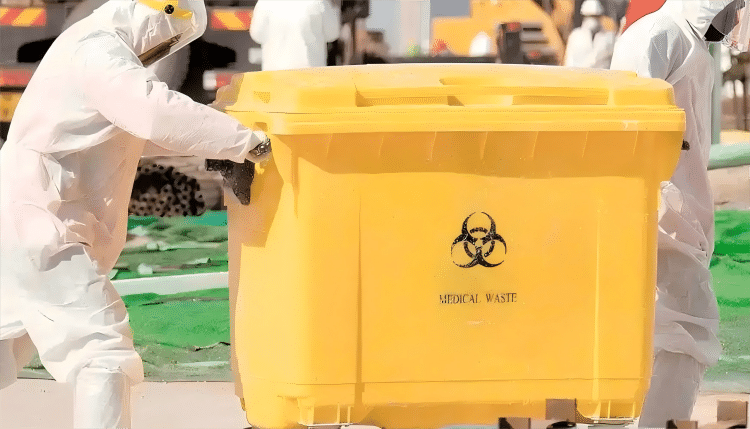
Proper disposal of used veterinary needles is crucial for environmental protection and public safety. Veterinary practices and pet owners using dog insulin syringes U 40 must implement comprehensive sharps disposal programs that comply with local regulations and industry best practices.
Disposal Best Practices
Sharps Containers: All used dog insulin syringes U 40 must be immediately placed in approved sharps containers that are puncture-resistant and clearly labeled. These containers should be located conveniently near injection areas to encourage immediate disposal.
Volume Management: Sharps containers should not be overfilled, typically no more than three-quarters full, to prevent needle-stick injuries during handling of veterinary needles.
Professional Disposal Services: Veterinary practices should contract with licensed medical waste disposal companies to ensure proper handling and treatment of used sharps including dog insulin syringes U 40.
Emerging Technologies in Veterinary Needle Design
The veterinary medical device industry continues to innovate in needle design and manufacturing. Recent developments include safety-engineered needles with retractable or shielding mechanisms, ultra-thin wall needles that allow for larger internal diameters while maintaining small external profiles, and specialized coatings that further reduce injection discomfort.
Safety-Engineered Needles
Safety-engineered needles incorporate mechanisms to prevent accidental needle-stick injuries after use. These devices typically feature automatic safety shields that engage after injection, covering the needle tip and preventing exposure during disposal.
Benefits of Safety Features:
- Reduced risk of occupational injuries for veterinary staff
- Enhanced protection against bloodborne pathogen transmission
- Compliance with workplace safety regulations
- Improved confidence during high-volume vaccination clinics
Training and Competency Development

Proper use of disposable hypodermic needles requires comprehensive training for all veterinary team members. Training programs should cover needle selection criteria, injection techniques for different animal species and sizes, safety protocols, and emergency procedures for needle-stick injuries.
Core Training Components
Species-Specific Techniques: Different animal species require adapted injection techniques based on skin thickness, muscle mass, and behavioral considerations.
Restraint Methods: Proper animal restraint is essential for safe needle use, protecting both the animal and the veterinary team during procedures.
Anatomical Knowledge: Understanding injection site anatomy helps ensure accurate medication delivery and avoids sensitive structures like nerves and blood vessels.
Economic Considerations in Practice Management
While disposable needles represent an ongoing operational expense for veterinary practices, their benefits in terms of safety, efficiency, and reduced infection risks provide significant value. Practices must balance cost considerations with quality requirements when selecting needle suppliers and specifications.
Cost-Benefit Analysis
Direct Costs: Include the purchase price of needles, storage requirements, and disposal fees.
Indirect Benefits: Include reduced infection rates, improved injection success rates, enhanced client confidence, and regulatory compliance.
Volume Purchasing: Many practices benefit from volume purchasing agreements that reduce per-unit costs while ensuring consistent supply availability.
Future Directions in Veterinary Injection Technology
The future of veterinary injection technology promises continued improvements in needle design, smart delivery systems that can monitor injection parameters, and integration with electronic health records for comprehensive treatment tracking.
Technological Innovations
Smart Syringes: Emerging technologies include syringes with electronic components that can record injection data, verify medication compatibility, and alert users to potential dosing errors.
Micro-Needle Arrays: Research into micro-needle patch technology may eventually provide alternatives to traditional needle injections for certain medications and vaccines.
Biodegradable Materials: Development of biodegradable needle materials could reduce environmental impact while maintaining the sterility and performance characteristics required for veterinary applications.
Conclusion

Disposable hypodermic needles remain fundamental to modern veterinary practice, enabling safe, effective medication administration across all animal species and medical conditions. From routine vaccinations to specialized applications like dog insulin syringes U 40 for diabetic pets, these essential tools require careful selection, proper use, and responsible disposal.
As veterinary medicine continues to advance, the evolution of needle technology will undoubtedly contribute to improved animal welfare, enhanced treatment outcomes, and greater safety for veterinary professionals. By maintaining high standards in dog insulin syringes U 40 selection, training, and disposal protocols, veterinary practices can ensure they provide the highest quality care while protecting the health of animals, staff, and the broader community.
The investment in quality disposable needles and comprehensive training programs represents a commitment to excellence in veterinary care that benefits all stakeholders in the animal healthcare ecosystem. Through continued attention to these fundamental tools and techniques, including proper use of dog insulin syringes U 40, the veterinary profession can maintain its dedication to the health and welfare of the animals entrusted to their care.

